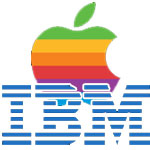July 9, 1982: Tron Movie and Video Game Released
Subscribe! Spotify | RSS | More
It was a movie that became a cult classic. Tron – The story of Kevin Flynn who tries to figure out if ENCOM stole his game ideas. While hacking into the mainframe, the company sets a trap where Flynn gets sucked into the video game.
The movie debuted in 1982 along with the video game by Bally. Tron starred Jeff Bridges, Bruce Boxleitner and Cindy Morgan. It took 17 million to make the movie, it grossed 33 million in return. Tron’s sequel of sorts – called Legacy – was released on Dec 17, 2010. Unfortunately, it did not receive the same status as the original did.
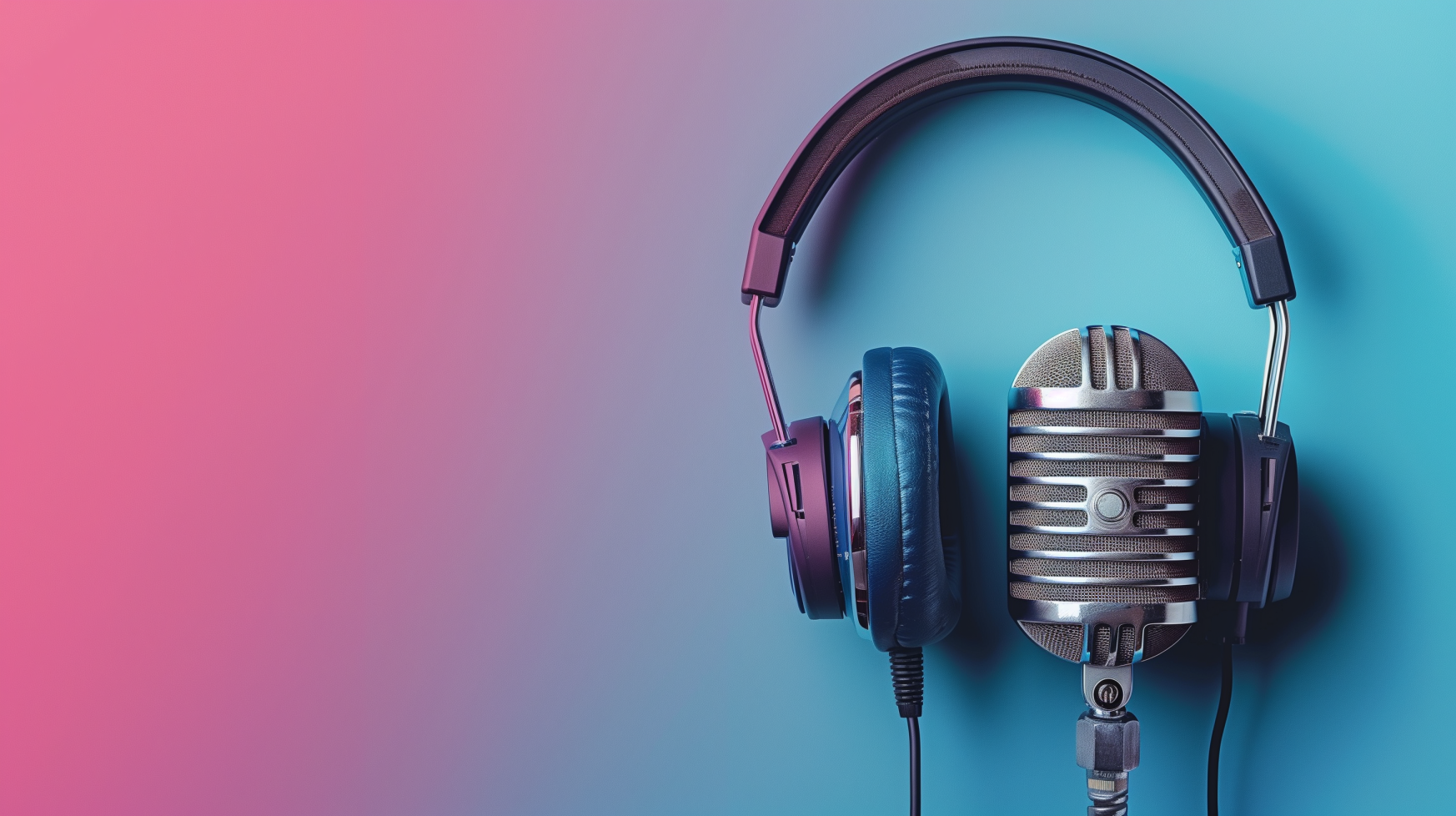
Subscribe to Day In Tech History:
RSS Feed - iTunes - Android - Spotify - iHeartRadio
Facebook -
- RSS Bandwidth by Cachefly Get a 14 Day Trial
- Join me on Patreon and support Day in Tech History
- 1997 – Gibert Amelio resigns from Apple
- 2008 – Secret Diary of Steve Jobs shuts down
- 2009 – Microsoft releases Silverlight 3
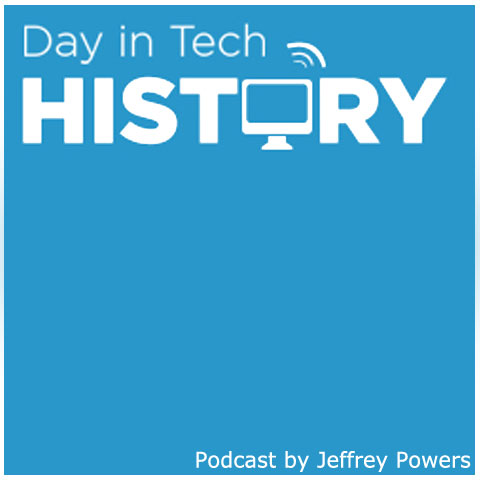
![Tron[1] Tron](https://dayintechhistory.com/wp-content/uploads/2013/07/Tron1-340x250.jpg)

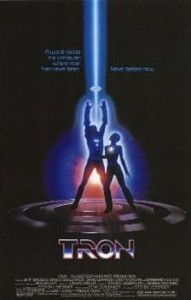
![Dan_Kaminsky[1] Dan Kaminsky](https://dayintechhistory.com/wp-content/uploads/2013/07/Dan_Kaminsky1-340x250.jpg)
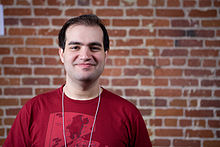
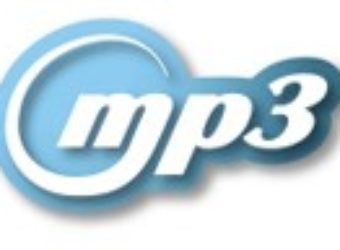

![Jack-Tramiel[1] Jack Tramiel](https://dayintechhistory.com/wp-content/uploads/2013/07/Jack-Tramiel1-340x250.jpg)
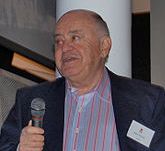
![SPAM-125x125[1] Spam](https://dayintechhistory.com/wp-content/uploads/2013/07/SPAM-125x1251-340x250.jpg)
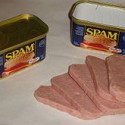
![Hotmail[1] Hotmail](https://dayintechhistory.com/wp-content/uploads/2013/07/Hotmail1-340x250.png)

![AppleIBM[1] IBM Apple](https://dayintechhistory.com/wp-content/uploads/2013/07/AppleIBM1-340x250.jpg)
